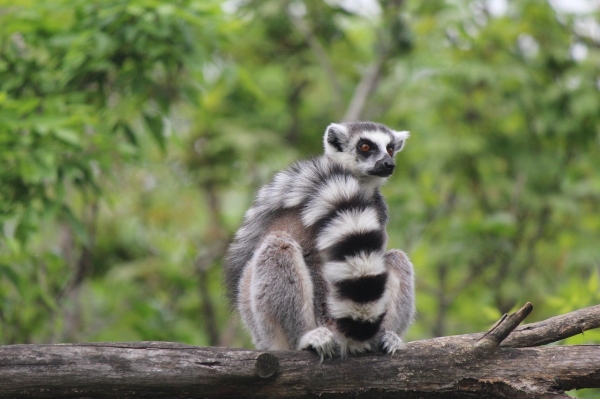After astronauts wake up from hibernation, will they still be able to drive the spacecraft?
After astronauts wake up from hibernation, will they still be able to drive the spacecraft? Duke researchers are studying lemurs to find out.
From fairy tales – such as Sleeping Beauty and Rip Van Winkle – to science fiction films, including Planet of the Apes and Alien, people have long been fascinated by the concept of humans undergoing prolonged periods of sleep.
Ana Breit’s fascination started with her studies of body temperature regulation and hibernation. Her early research focused on bats, which can double their weight before entering a months-long hibernation state. A year ago, when she joined the Duke Lemur Center as a research scientist, she began studying Malagasy fat-tailed dwarf lemurs. “Being able to study hibernation in the closest relatives to humans able to hibernate is an incredible opportunity,” said Breit, who, along with Duke Lemur Center colleagues, received a $30,000 NC Biotech Flash Grant to study hibernation at warmer temperatures.
While many space films have depicted humans in cryogenic tubes during long space flights, in reality, this kind of “synthetic hibernation” would lead to numerous health–related challenges, including a loss of cognitive function.
Read More: Duke University
Photo Credit: haim_charbit via Pixabay




